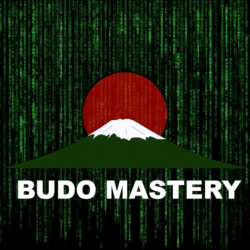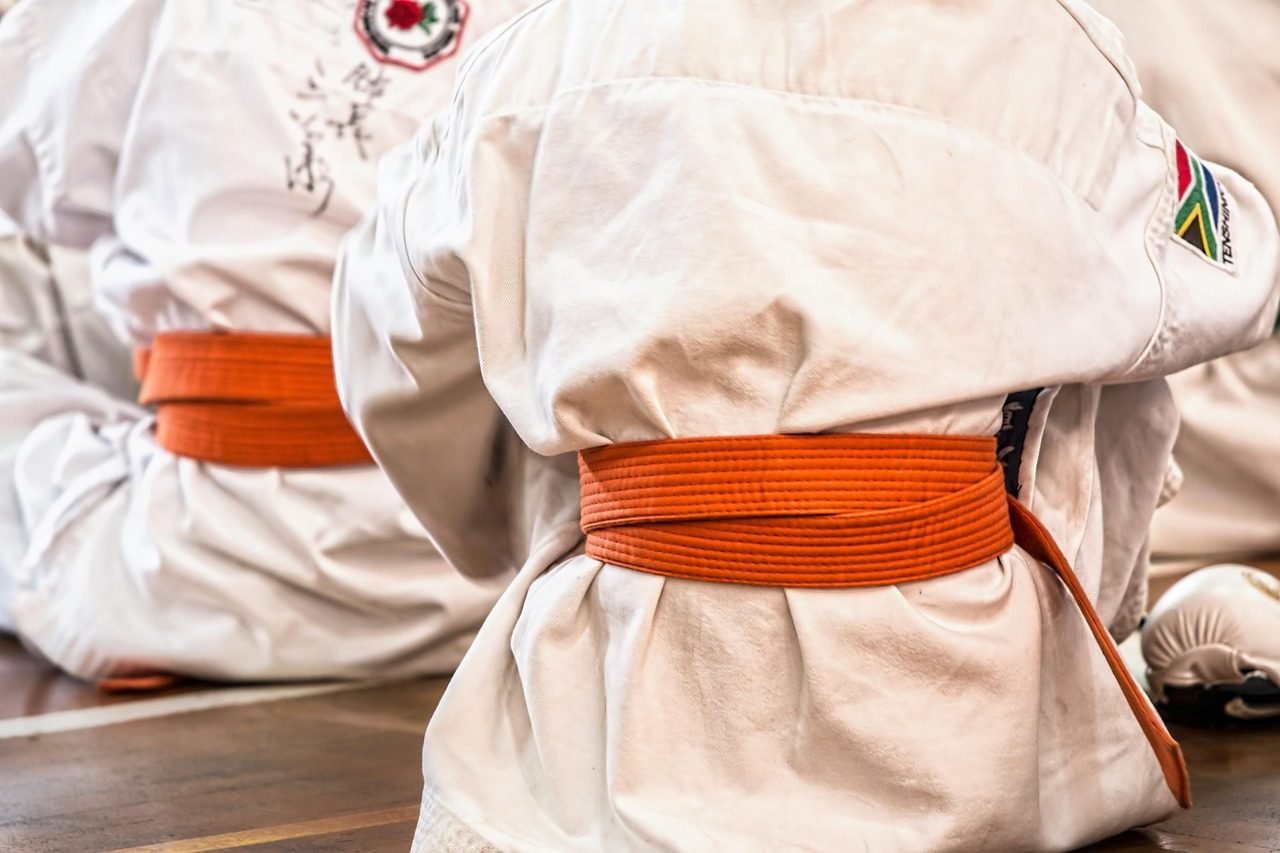Below are some of the principles, or concepts that I use when teaching martial arts. Hopefully, you can use some of these concepts when you are teaching martial arts yourself.
I have been teaching Aikido to kids since 2019. Even before that I started teaching adults (occasionally). I currently hold a 2nd degree Dan in Aikido and a 1st degree Dan in Judo. A long time ago I have also taught Judo to kids. Since 2024 I teach Karate to kids. I currently hold a 2nd Kyu grade in Shotokan Karate. More info on my budo resume can be found here.
Teaching principles
Below are some of the teaching principles, or concepts that I repeat to myself or to my students. These principles help me be a better teacher and help students be better students.
- Learn to teach, teach to learn!
- 10.000 repetitions!
- How you do one thing is how you do everything!
- Slow is smooth, smooth is fast!
- Lead by example
- Consistency is key
- KISS
- Hear, see, and feel
- Build connection
- Have respect, and have fun!
Learn to teach, teach to learn!
Teaching is a skill, so you may want to spend some time thinking about how to do it. Prepare your lessons. Also be open to learn from your students. I am always approaching teaching as discovering and exploring together with students. Most of the times I am a few, or many steps ahead of the students, so I can guide them in their journey. And sometimes a student has an insight I can learn from as well. I do not want to crush a students curiosity, and I am always hoping they will surprise me.
10.000 repetitions!
Sometimes, students, and especially kids, will complain about having to do the same exercise again and again. I will always remind them that it takes 10.000 repetitions to automate movements and that each exercise they do will bring them closer to those 10.000 repetitions.
How you do one thing is how you do everything!
This applies to everything in life, and it especially shows in martial arts training. Students need to develop the habit to always practice every movement with the same attention and intention. As soon as a student starts executing movements only partially, hastily, or uncontrollably, it is better to scale down the intensity of the exercise. This is to prevent the student from forming bad habits.
Slow is smooth, smooth is fast!
Going fast looks cool. It may even look competent. However, real competence lays in the slow execution of techniques. If you can do it slow, then you can do it smooth. And if you can be smooth, then you can be fast.
So, I always encourage students to train techniques slowly, but without stops. Once a technique can be performed slowly and smoothly, then we can speed up more and more.
Lead by example
It is very important as a teacher to practice what you teach. I am always amazed to see how students copy exactly what I do. Also the things I do wrong! So, I always do my best to perform techniques to the best of my ability. If I realize I did something incorrect, I will immediately acknowledge this and make a change.
Consistency is key
Consistency is how habits are build. Therefore, I believe it is important to have a recognizable structure to the lessons. This way the students mind can flow from one exercise to the next. The student does not only learn good technique, but also a good method of training. If done enough times the student should be able to repeat and execute a complete training session by him or herself. This ties in to the concept of learning to teach. Each student should be learning in a way, that they could teach others in the end.
KISS
Keep It Simple Stupid. This is a general principle and when applied to teaching martial arts it can mean working on only one or two concepts per training session. This keeps the session simple and easy to comprehend by the students. It also means you first will want to focus on one idea and make this well understood, before you move on to the next, and the next, and the next. Do not overload students with ideas / concepts. Keep the lessons simple almost stupid.
Hear, see, and feel
Everyone learns in a different way. There are three modes of communication:
- Audible (hear)
- Visual (see)
- Kinetic (feel)
Every student has a preferential mode of communication. So when I teach I try to find out which student has which preference, so I can communicate to and teach them in their preferred mode of communication.
Also, I will teach in all modes. Most people prefer audible communication, than visual and than kinetic. So I will first explain what we will do. I will ask students to describe the exercise in their own words step by step. I will then show the movements a few times at speed. Then I will show the movements step by step while saying the steps out loud or letting a student tell me what to do. Then during practice I will physically correct students if they allow me, or I will train with them, and / or synchronize my movements with theirs.
Build connection
Before you can effectively communicate with someone, it helps to have build a connection with the person or the group of people.
Mirror behavior. If they fold their arms, you fold your arms. If they look up, you look up, etc. Try to synchronize with them, and let them synchronize with you.
Communicate in their preferred mode. If it’s the audible mode, say thing like: ‘I hear you’, … or … ‘listen closely’. If it’s visual, say things like: ‘I see what you mean’, … or … ‘watch closely’. If it is kinetic, don’t say to much, … or say … ‘I feel ya’, or … ‘try and feel the movement’.
If someone extremely favors kinetic communication, then it may be beneficial to physically work with that person by changing their posture, hand positions, etc. An example can be when young children do not yet understand audible and visual cues for left and right. I will then gently pull them so they will put their right foot forward if that is what is needed. Because I told them, then I showed them and they did not get it. So now I physically pull, or push them.
Once you have established a connection, you have an opening to start teaching.
Have respect, and have fun!
Martial arts training begins and ends with respect. And people come back to train if it is fun.
Etiquette and rules help create a respectful and safe training training environment. Safety allows for good learning, and flow.
However focusing only on rules and etiquette can become very boring and can feel restrictive. Therefore I like to lighten up the training sessions, first by explaining why we have rules, but also by teaching with a bit of humor, because:
A lesson learned with a laugh is a lesson well retained.


